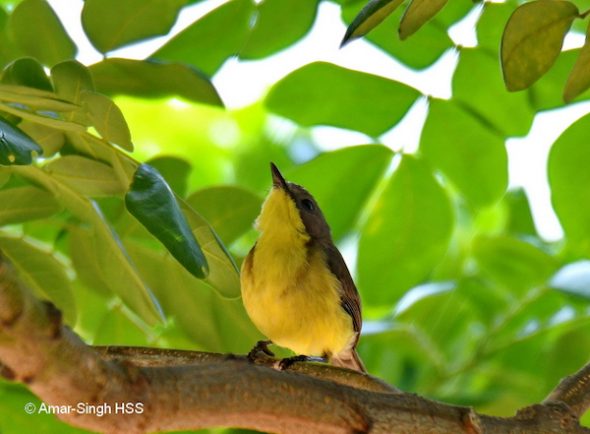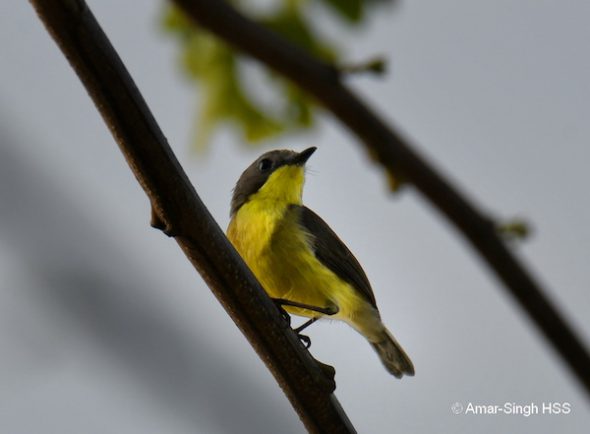An earlier account describes the Little Bronze Cuckoo (Chalcites minutillus peninsularis) being fed by the Golden-bellied Gerygones (Gerygone sulphurea sulphurea) HERE.

This post provides further images of the Golden-bellied Gerygone host parents.

Note a feature that I have not seen described in literature – the symmetrical brown curved lines that come from the base of the neck into the breast but do not meet.

This feature can be seen in the Oriental Bird Club Image Database, especially of the G. s. sulphurea subspecies. Some birds (on-line image search) have it very prominently, others less obvious. I wonder if it is a breeding plumage and waxes-wanes?

Amar-Singh HSS (Dato’ Dr) – Ipoh, Perak, Malaysia
Equipment: Nikon D500 SLR with Tamron SP 150-600mm f/5-6.3 Di VC USD, handheld








